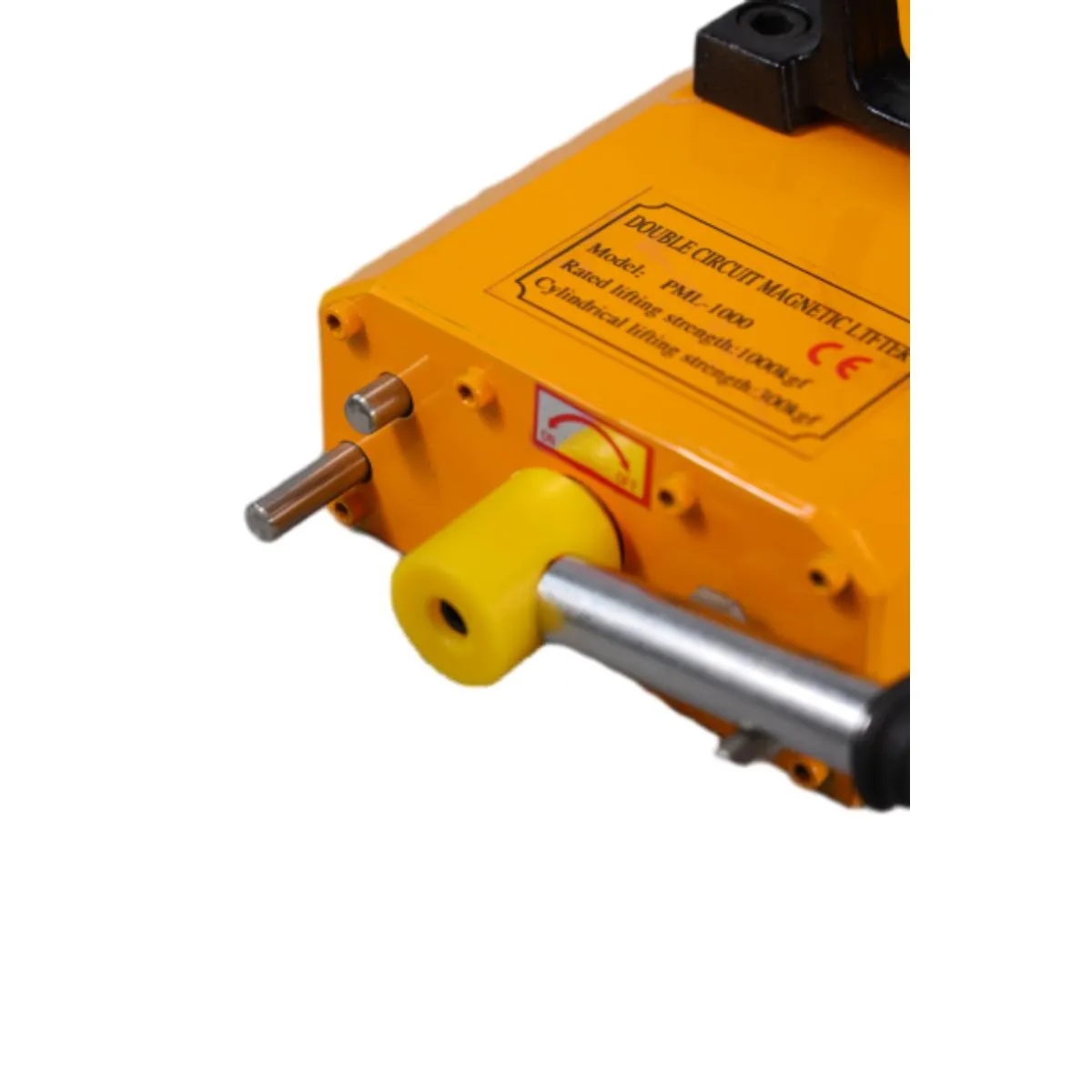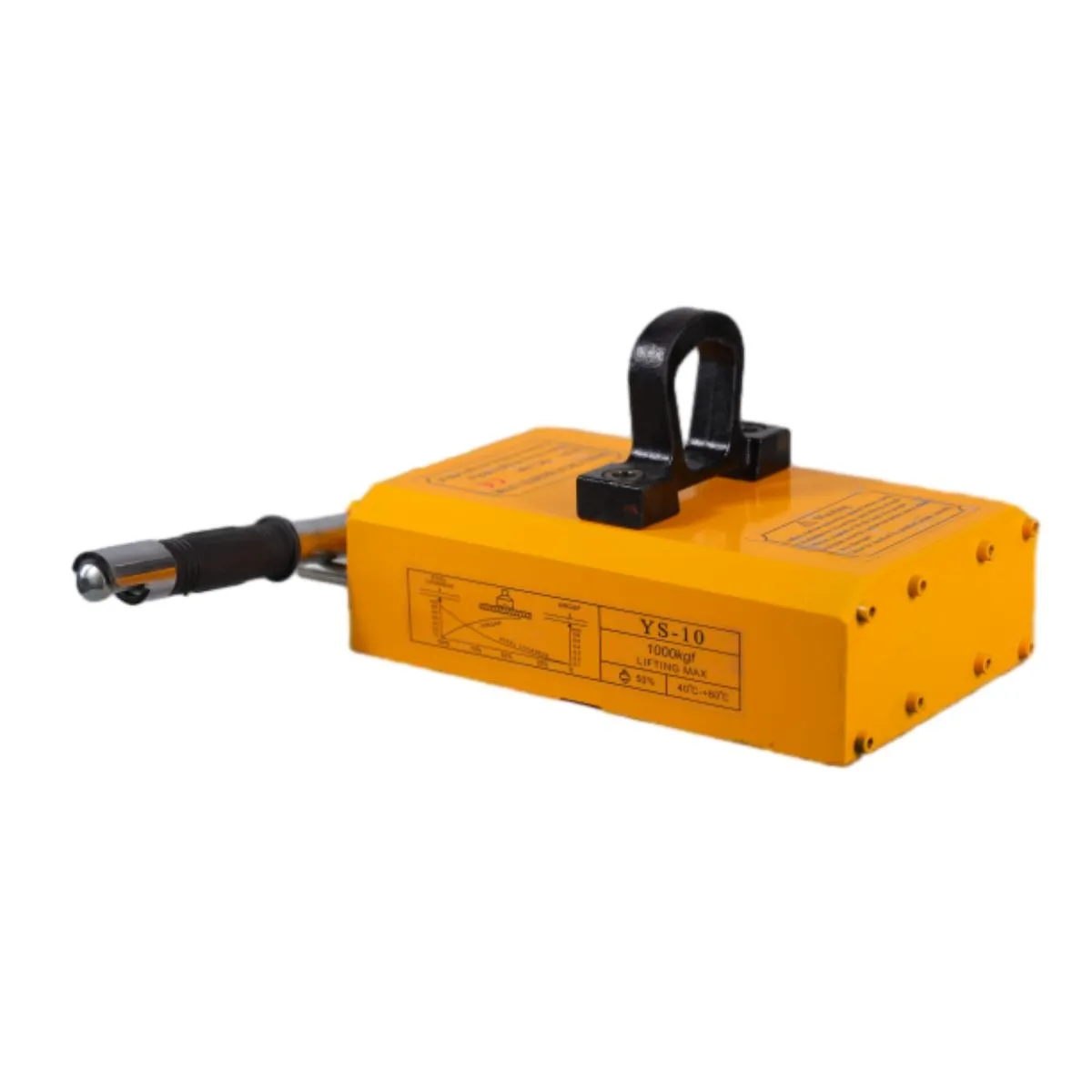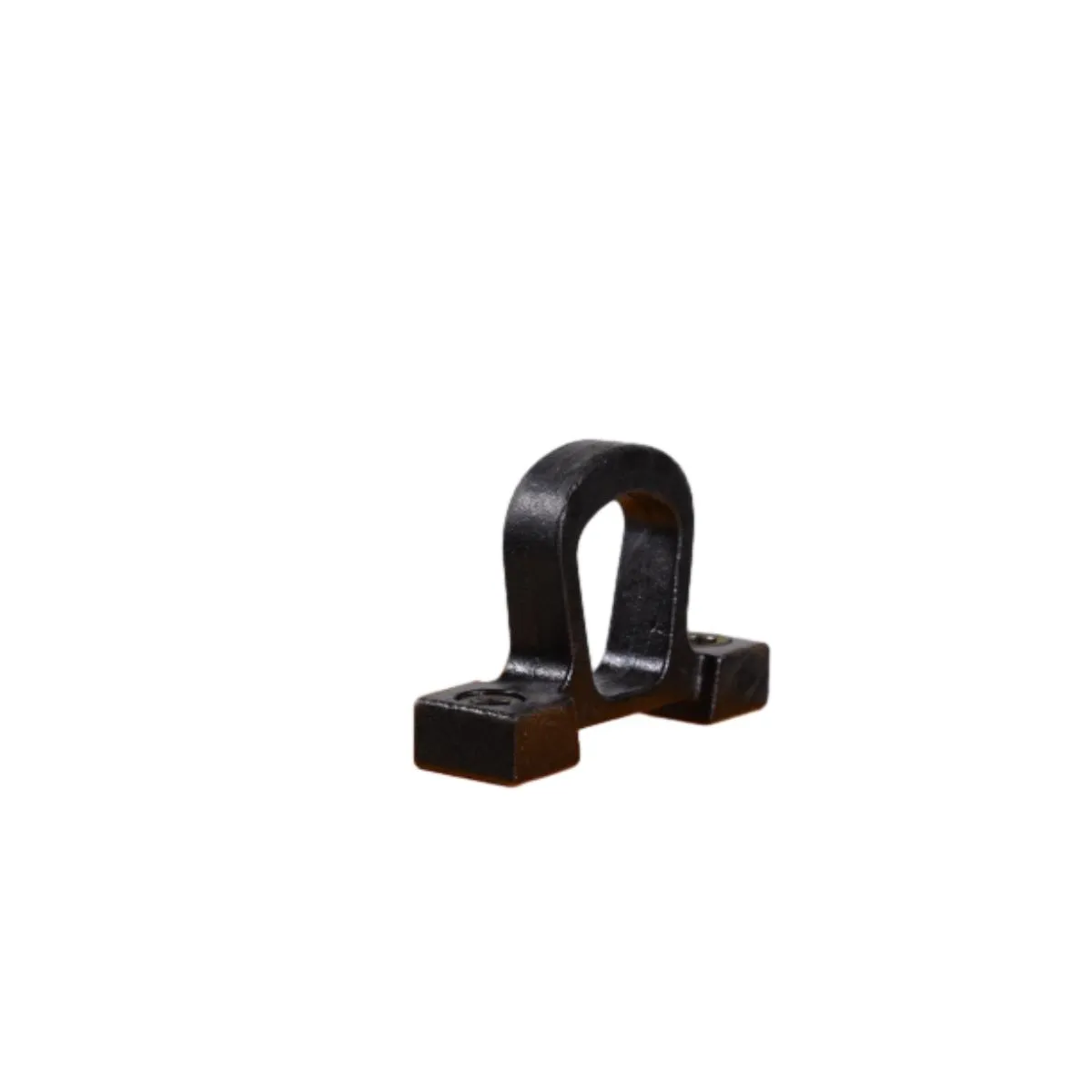PML 1000 Lifting Magnet – Safe, Power-Free Steel Handling
Field Notes: the PML 1000 magnet many shops keep reaching for
If you handle steel plate or flame-cut parts for a living, you already know the value of a clean, fast pick. The Pml 1000 Lifting Magnet from Dawei is one of those tools that quietly changes the rhythm of a bay: fewer slings, less shouting, more good lifts. In fact, it’s part of a family (PML-300/600/1000/2000) coming out of Donglv Industrial Park, Qingyuan District, Baoding, Hebei, China. I’ve seen it on docks and in fab shops—surprisingly common in plate yards too.

What it is and where it’s used
The Pml 1000 Lifting Magnet is a permanent magnetic lifter—no batteries, no wires. You flip a handle with a safety lock; the rare-earth circuit closes; that’s your lift. Thin to mid-gauge plate, flame-cut blocks, even round bar with the V-groove pole shoes—it’s meant for quick picks in factories, docks, warehouses, and truck loading. Many customers say the handle lock is the reassuring bit; you can feel it snap home.

Typical specs (shop-floor perspective)
| Model | Rated Load (kg) | Safety Factor | Min Plate Thickness | Breakaway Force ≈ | Net Weight ≈ |
|---|---|---|---|---|---|
| PML-300 | 300 | ≥3.0:1 (real-world use may vary) | ≥8–10 mm | ≈900–1000 kg | ≈10–12 kg |
| PML-600 | 600 | ≥3.0:1 | ≥12–16 mm | ≈1800 kg | ≈18–22 kg |
| PML-1000 | 1000 | ≥3.0:1 | ≥18–25 mm | ≈3000 kg | ≈35–45 kg |
| PML-2000 | 2000 | ≥3.0:1 | ≥30–40 mm | ≈6000 kg | ≈70–85 kg |
Note: These are typical field values; surface finish, air gap, steel grade, and temperature affect performance. Always proof-test per your site standard.

Materials, build, and testing
- Magnetic core: sintered NdFeB rare-earth assemblies; optimized yoke in low-carbon steel.
- Methods: CNC-machined pole shoes, precision-ground faces; manual lever with positive lock.
- Process flow: machining → deburr → assembly → magnetization → 100% load proof-test → inspection.
- Testing standards: typically aligned with ASME B30.20/BTH‑1 and EN 13155 for below-the-hook devices [1][2].
- Service life: around 5–10 years with normal duty; magnets don’t “wear out,” but pole faces do. Keep them clean.

Where it shines
Plate yards, shipbuilding pre-fab, laser/plasma shops, toolrooms, freight hubs. The Pml 1000 Lifting Magnet really helps when you’re cherry-picking cut parts off a skeleton. No slings catching on tabs—just lift, swing, drop. To be honest, the productivity bump feels bigger than the spec sheet suggests.

Vendor snapshot and customization
| Vendor | Certifications | Safety Factor | Lead Time | Notes |
|---|---|---|---|---|
| Dawei (PML series) | ISO 9001; CE (vendor-declared) | ≈3:1 | Around 2–4 weeks | Custom pole shoes, V-grooves, nameplate data in English/metric. |
| Generic A | CE only | ≈2.5–3:1 | 1–2 weeks | Budget, fewer options. |
| Generic B | ISO 9001; CE | ≈3:1 | 3–5 weeks | Higher polish, pricier. |
Customization that matters: special pole shoes for thin plate, deep-field shoes for thick stock, and V-grooves for rounds. I guess that’s where procurement should slow down and ask for drawings.

Quick case study (real shop, real time)
A coastal fab yard swapped slings for a Pml 1000 Lifting Magnet on plasma-cut 20–30 mm plate. Loading cycle time dropped about 30% week over week; surface scratches on painted parts were near zero; operators reported less fatigue. They ran a weekly proof pick at 125% rated to stay aligned with internal policy (belt-and-suspenders approach), and it held fine.

Origin: Donglv Industrial Park, Qingyuan District, Baoding City, Hebei Province, China 071100.
Safety tip: Respect air gaps (scale, paint), temperature limits, and edge loading. Always follow your site’s below-the-hook policy and do a test lift first.
Citations
- ASME B30.20 & ASME BTH‑1: Below-the-Hook Lifting Devices, design and use requirements. https://www.asme.org
- EN 13155: Cranes – Safety – Non-fixed load lifting attachments; CE conformity guidance. https://standards.iteh.ai or national standards bodies
-
Dawei Hand Pallet Truck 1200mm, 2000–5000 KGS Heavy-DutyNewsNov.17,2025
-
Dawei Hand Pallet Truck, Fork Length 1200mm, 2000–5000kgNewsNov.17,2025
-
Large Equipment Movers – Safe, Insured & On-Time ServiceNewsNov.17,2025
-
Machine Moving Dollies | Heavy-Duty, Low-Profile, SafeNewsNov.17,2025
-
Permanent Lifting Magnet - Heavy-Duty, Safe, Quick ReleaseNewsNov.11,2025
-
PML 1000 Lifting Magnet - Heavy-Duty, Safe, No PowerNewsNov.11,2025
-
Large Equipment Movers: Safe, Fast, Certified ProsNewsNov.11,2025
